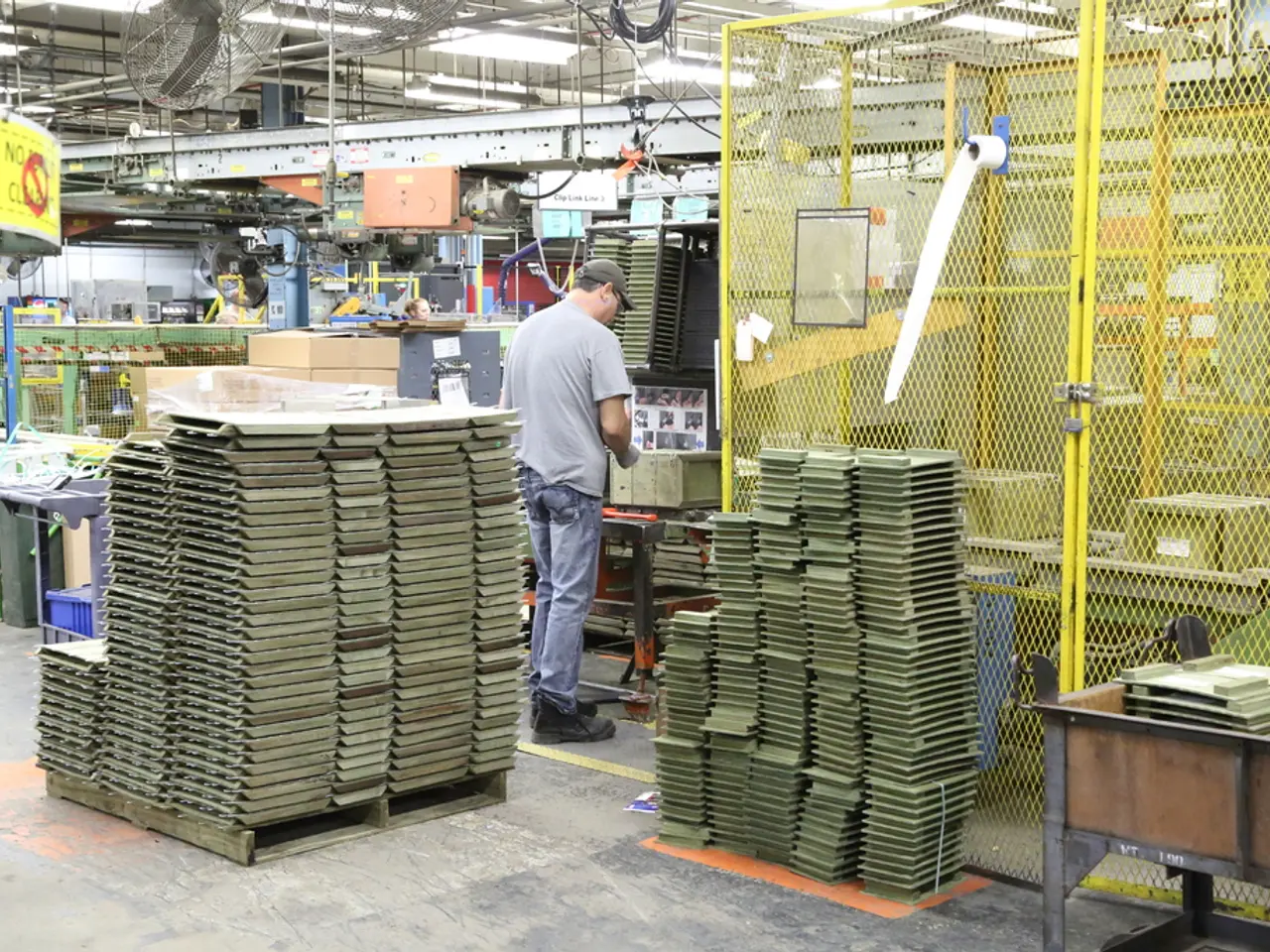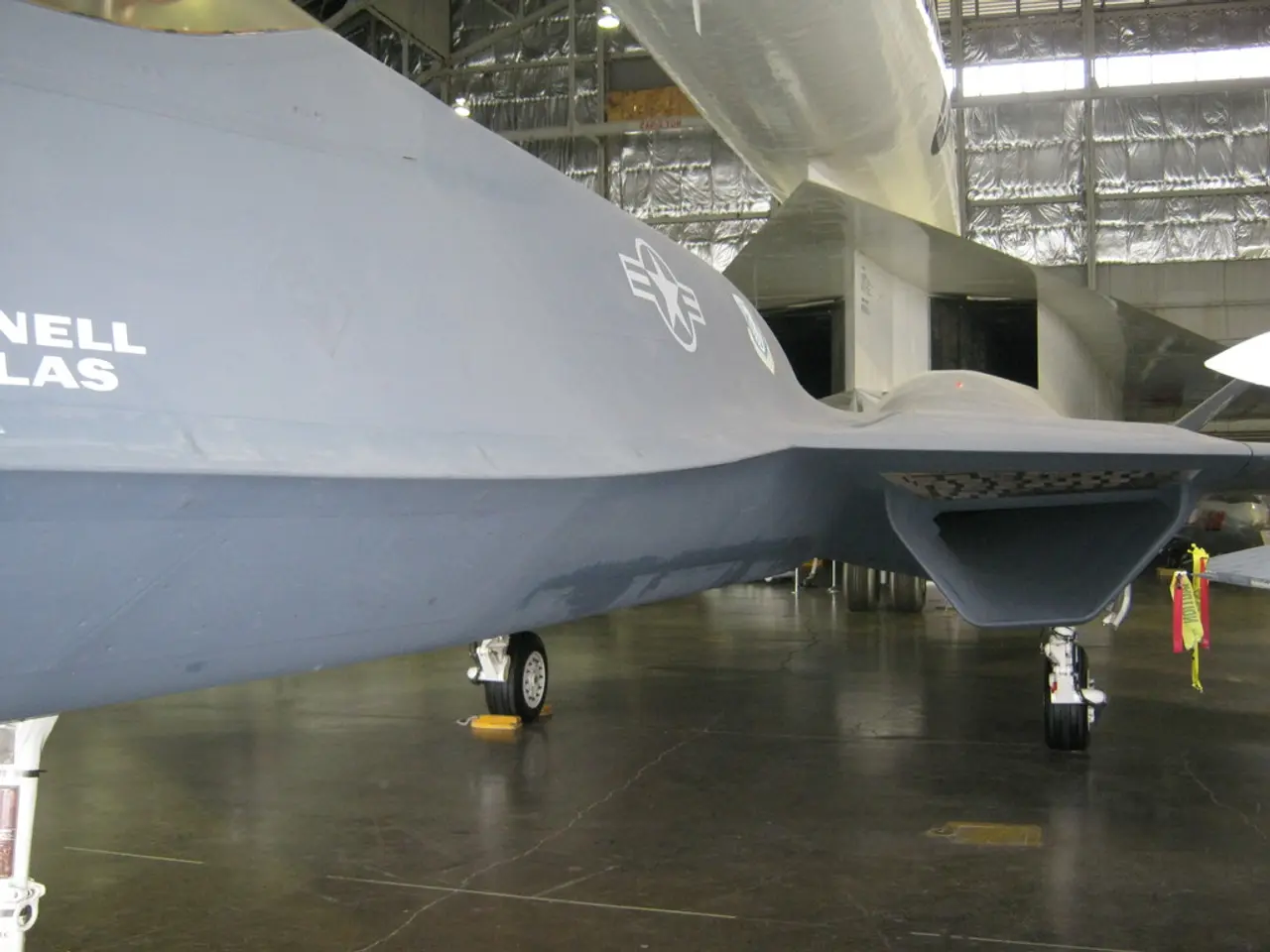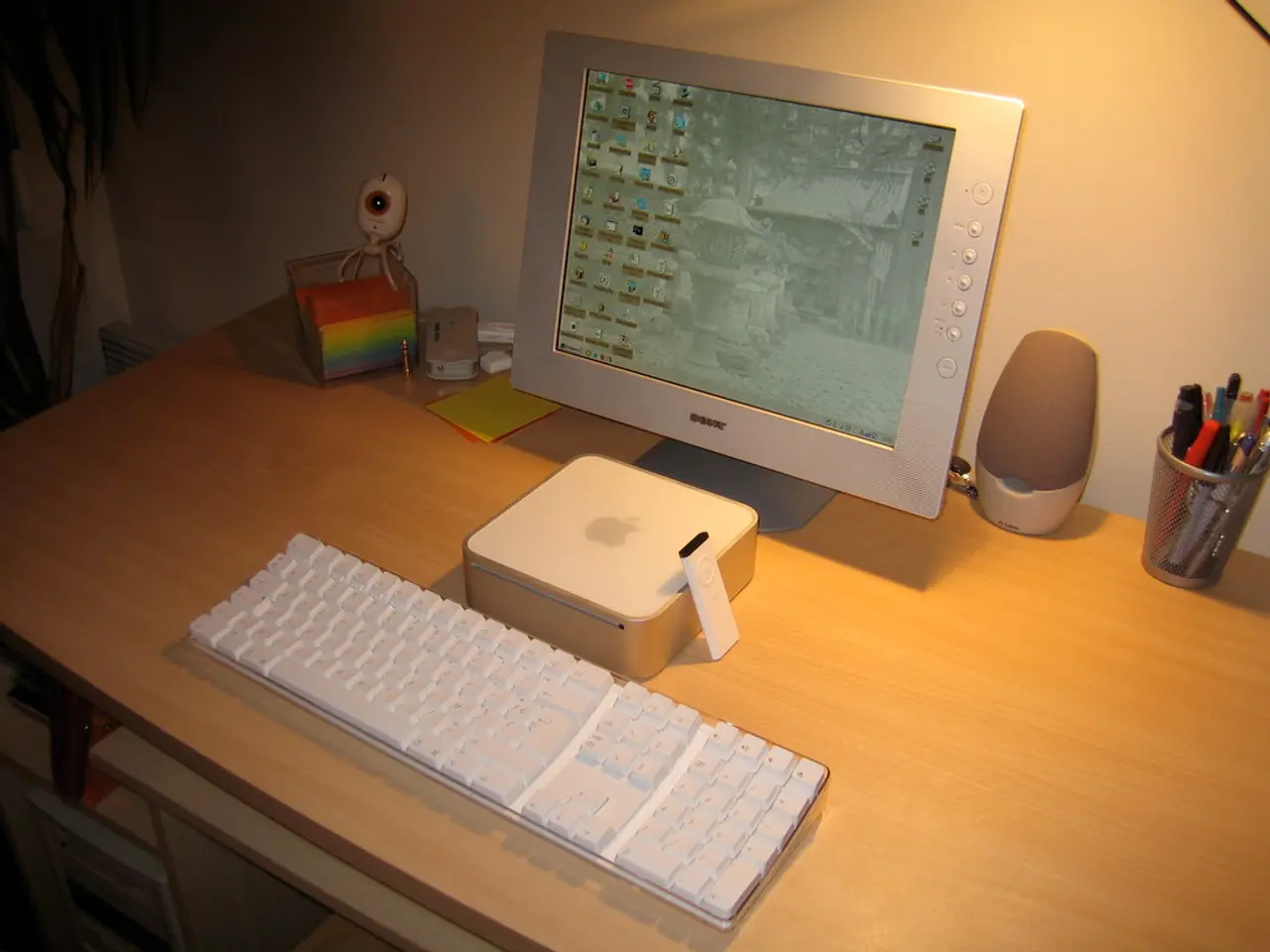Industry's Adoption of Diffuse Sensors in Automation Technology
In the realm of industrial automation, diffuse sensors have emerged as a crucial technology, playing pivotal roles in manufacturing, packaging, and high-stakes sectors like oil and pharmaceuticals. These sensors, which include diffused silicon pressure sensors and photoelectric diffuse sensors, are particularly popular in B2B contexts, where their key applications involve real-time monitoring, automation control, and IoT-enabled tracking [1][3][5].
Applications in Industrial Automation
In the manufacturing sector, diffuse sensors detect the presence or absence of objects, measure distances, or pressure changes, facilitating automated equipment operation and quality control in factories [3][5]. They also prove invaluable in the packaging industry, ensuring correct packaging by monitoring product position or fill levels, thus enhancing throughput and reducing defects [3].
In the oil, gas, and pharmaceutical industries, high-precision diffused silicon pressure sensors monitor critical parameters like pressure to ensure safety and process integrity [1]. Moreover, sensors provide real-time data to cloud platforms for remote monitoring of machine health, energy usage, pressure, or temperature, enabling predictive maintenance and reducing downtime [1][5].
Key Considerations in B2B Contexts
When selecting diffuse sensors, B2B companies should consider the sensor's distance sensing capabilities, the sensor's surroundings, and the specific requirements of the industrial application. Sensors can have various types of outputs, such as PNP, NPN, analog, or relay, and some models have IO-Link for remote diagnosis and parameter changes [2].
Industrial processes require sensors with high accuracy and long-term reliability to maintain safety and product quality [1]. Sensors must also seamlessly connect with Industry 4.0 infrastructure for real-time data collection and analytics to drive data-driven decisions [1][5].
Sensors often operate in harsh or hazardous environments, so robustness to temperature, pressure, dust, and chemicals is critical [1][3]. Sensors should help meet sustainability and safety regulations by enabling precise monitoring and providing proof of operational compliance [4][5].
Businesses look for solutions that can scale across multiple sites and be customized for different industrial applications to maximize ROI [1][5]. Modern sensors are designed with a digital interface and embedded control logic, making them compatible with PLCs, edge devices, and cloud systems for predictive analytics and real-time monitoring.
Innovations and Future Developments
The R&D department is working on improving the sensing accuracy for difficult detection tasks like transparent objects, fast-moving items, or colored materials. Sensor designs and systems are gradually moving towards being energy efficient and recyclable, contributing to sustainability goals and reducing total cost of ownership.
As technology advances, diffuse sensors are becoming smaller while still maintaining uncompromised performance, enabling their incorporation into lightweight machinery and robotics. They are used in packaging lines for package and bottle detection, in robotics and AGV for object detection, positioning, and obstruction avoidance, in assembly lines for verifying optical package placement, in material handling for pallet, carton, and tote detection, and in the textile and printing industry for detecting edges, controlling webs, and monitoring fabric presence.
[1] "Diffuse Sensors in Industrial Automation," Sensors, 2020. [2] "Sensor Technology for Industrial Automation," Automation, 2019. [3] "The Role of Sensors in the Packaging Industry," Packaging World, 2018. [4] "Regulatory Compliance and Sensor Technology," Industrial Efficiency Technology Database, 2021. [5] "The Future of Sensor Technology in Industry 4.0," Industry Today, 2021.
- Given the advancements in technology, diffuse sensors are increasingly being used in the financial sector, helping businesses monitor and analyze their energy usage, ultimately leading to better financial management and resource allocation, as stated in "The Future of Sensor Technology in Industry 4.0" [5].
- In the food industry, diffuse sensors exhibit potential for applications like monitoring food temperature and moisture levels in real-time, thus ensuring food safety and preventing spoilage. This innovation, mentioned in "Diffuse Sensors in Industrial Automation" [2020], could transform the food industry and contribute to overall food security.
- As technology innovations continue, diffuse sensors are expected to play a significant role in the manufacturing and finance industries, providing improved efficiency, reduced costs, and data-driven decision making, as outlined in both "Diffuse Sensors in Industrial Automation" [2020] and "The Future of Sensor Technology in Industry 4.0" [2021].




